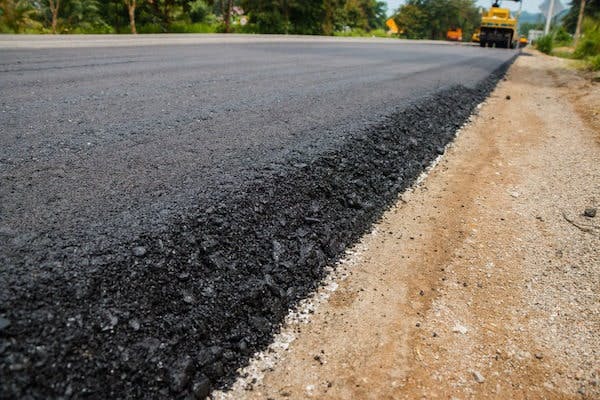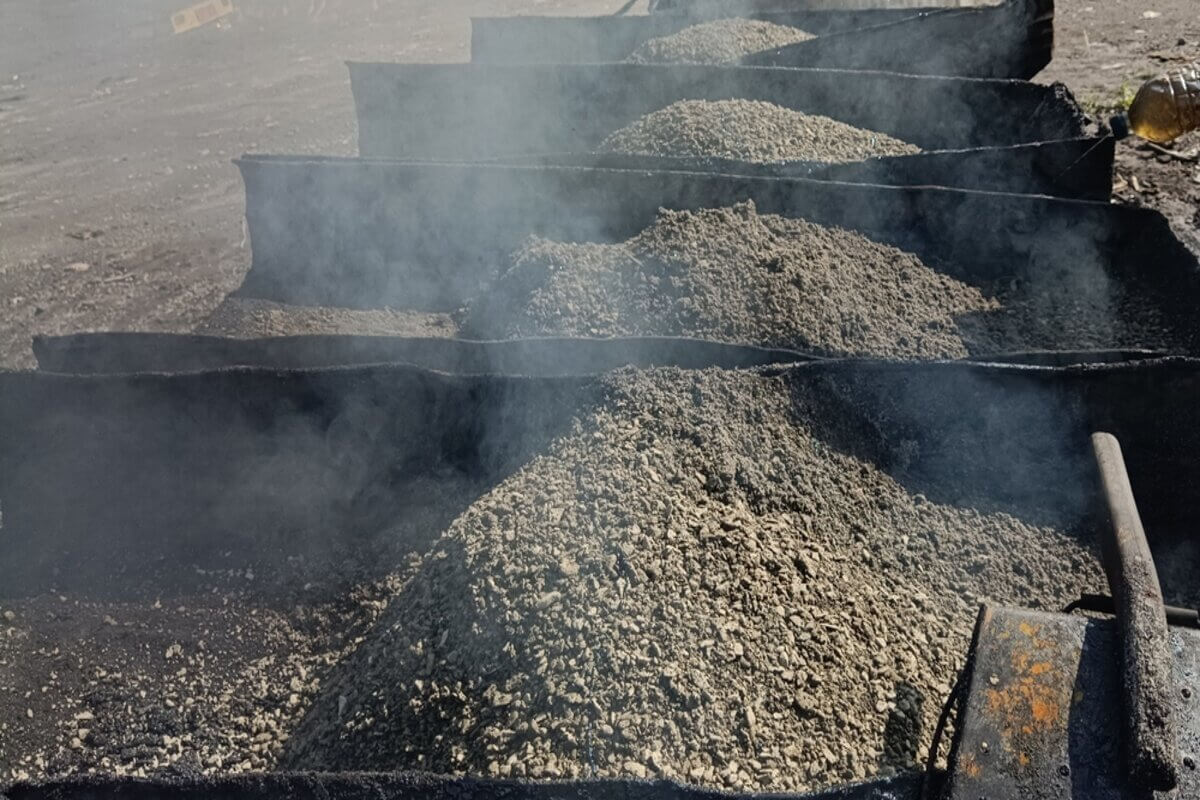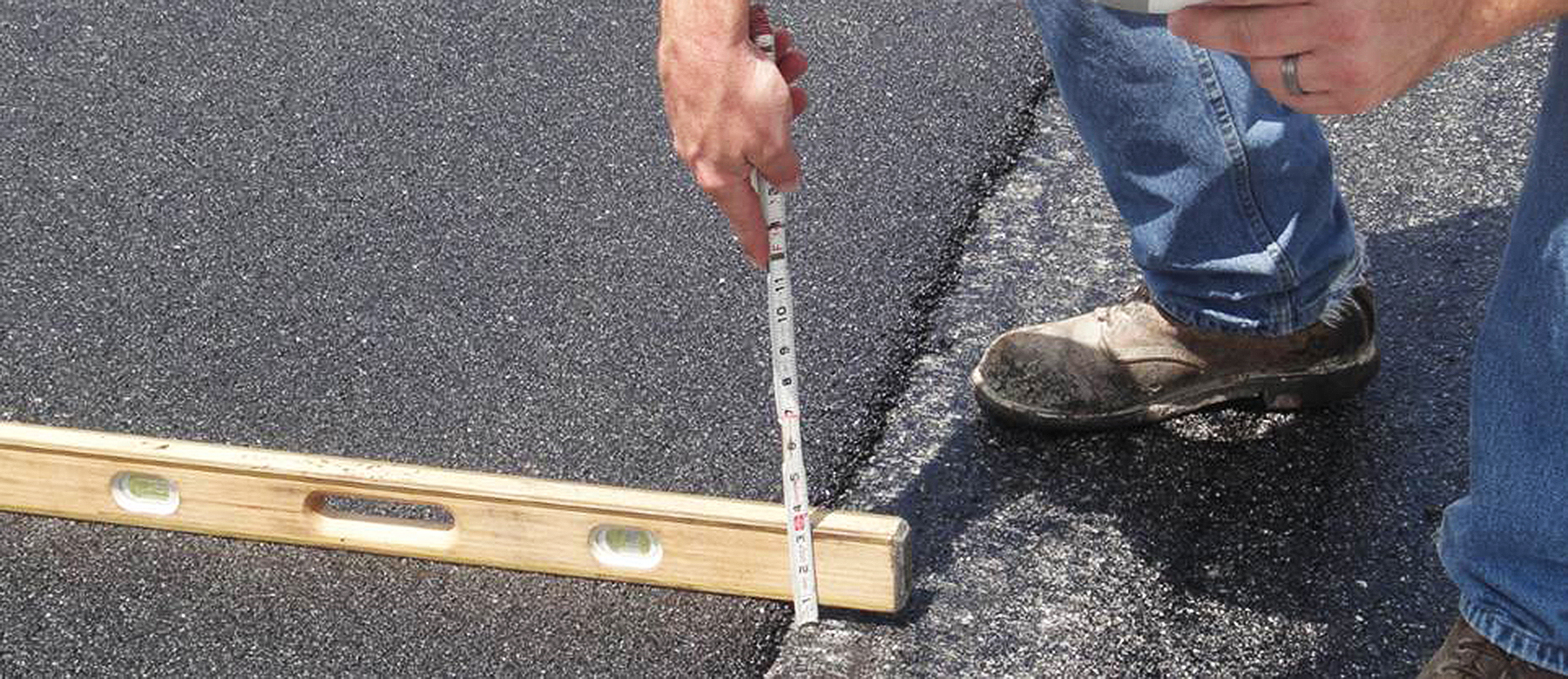Unlocking the Tricks of Warm Mix Asphalt Innovation
Exploring the depths of warm mix asphalt innovation uncovers a world where accurate solutions and thorough processes merge to form our roads and infrastructure. The combination of binders, accumulations, and fillers isn't simply a construction job however a tactical orchestration of sturdiness and performance.
Relevance of Hot Mix Asphalt
Hot Mix Asphalt plays a vital duty in contemporary framework growth due to its durability and cost-effectiveness. As the most frequently made use of leading material for roadways, freeways, and auto parking lots, Hot Mix Asphalt supplies an array of advantages that add to its value in construction jobs.
The sturdiness of Hot Mix Asphalt stems from its composition, which consists of aggregates, binder, and filler products that are thoroughly picked and blended to meet particular performance needs. In general, the importance of Hot Mix Asphalt in facilities advancement can not be downplayed, as it continues to be a keystone of modern building practices.
Components of Asphalt Mixes
The composition of asphalt blends is composed of very carefully picked accumulations, binder, and filler products that are vital for achieving particular performance needs. Accumulations are the main element of asphalt mixes, offering toughness and security. The binder, typically asphalt or asphalt concrete, holds the aggregates together and provides adaptability and longevity to the mix.
The combination and percentage of these parts play a considerable function in establishing the top quality and performance of the asphalt mix. Designers thoroughly design the mix to fulfill details requirements, considering variables like website traffic volume, environment problems, and pavement life-span. Appropriate choice and harmonizing of aggregates, binder, and fillers are crucial for producing durable, lasting asphalt sidewalks.
Mixing and Production Techniques

As soon as the accumulations are picked, the binder, typically asphalt concrete, is included in bind the materials together. The binder's quality and quantity dramatically affect the mix's strength, resistance, and flexibility to environmental aspects. Additionally, fillers like moisturized lime or Rose city concrete may be integrated to improve particular features of the asphalt mix, such as its workability or wetness resistance.
During manufacturing, the accumulations and binder are heated up, commonly in between 250-325 ° F(121-163 ° C ), to promote mixing and make sure proper finish of the aggregates. The mixing process has to be thorough to accomplish a homogeneous mix that advertises the preferred efficiency features of the asphalt. Various techniques, such as batch blending or drum blending, are utilized to accomplish regular and high-grade asphalt mixes for construction projects.
Variables Impacting Asphalt Performance
Factors affecting asphalt efficiency incorporate a variety of variables that affect the toughness, longevity, Read Full Report and general quality of asphalt see page pavements. One crucial factor is the top quality of products made use of in the asphalt mix.

Layout factors to consider, such as pavement thickness and water drainage, are necessary in guaranteeing the lasting efficiency of the asphalt sidewalk. By carefully thinking about these designers, professionals and aspects can maximize asphalt performance and enhance the solution life of sidewalks.
Lasting Practices in Asphalt Innovation

Additionally, the development of warm-mix asphalt (WMA) technologies has actually gained grip over the last few years. WMA enables the production and placement of asphalt mixes at reduced temperatures compared to conventional hot-mix asphalt, resulting in lowered energy consumption and greenhouse gas exhausts. Additionally, the use of porous asphalt mixes can help reduce stormwater you can try here drainage problems by permitting water to infiltrate via the pavement and into the ground, promoting all-natural water filtration and charge procedures. By executing these lasting practices, the asphalt industry can add to building a more resistant and environmentally friendly framework network.
Final Thought
Finally, hot mix asphalt technology plays a vital duty in modern infrastructure growth as a result of its longevity and cost-effectiveness. By carefully stabilizing elements, utilizing proper mixing methods, and taking into consideration different aspects, designers can produce high-quality asphalt blends that withstand rush hour tons and extreme climate condition. Embracing sustainable techniques, such as using recycled products and warm-mix innovations, better boosts the ecological friendliness of asphalt technology.
Blending and manufacturing methods in hot mix asphalt innovation involve the accurate mix and handling of aggregates, binder, and fillers to produce a long lasting and high-performance asphalt mix.Variables influencing asphalt efficiency include a variety of variables that affect the longevity, long life, and overall quality of asphalt pavements. Lasting techniques in asphalt innovation include numerous initiatives intended at reducing the environmental influence of asphalt manufacturing and paving procedures. By including redeemed asphalt pavement (RAP) and recycled asphalt tiles (RAS) into new asphalt blends, the industry can dramatically reduce the consumption of raw products and energy, while additionally reducing garbage dump waste.
WMA permits for the manufacturing and positioning of asphalt blends at lower temperatures contrasted to conventional hot-mix asphalt, resulting in reduced power intake and greenhouse gas exhausts.
Comments on “Make Best Use Of Space Effectiveness with Hot Mix Asphalt Angled Parking Lot Solutions”